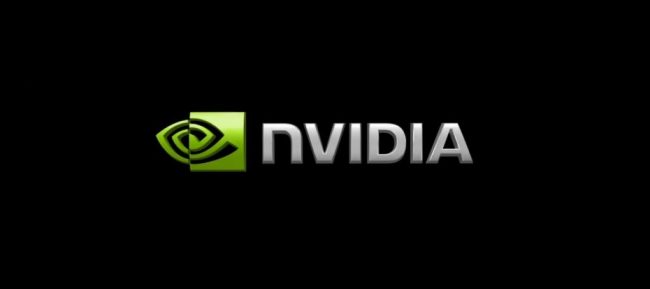NVIDIA just announced another addition to its 10 series GPUs – the GTX 1050 that will follow in the legacy of the 1060, 1070 and 1080. The 1050 will come in two variants – the GTXD 1050 Ti and the standard GTX 1050. Here’s all you need to know about these budget performers that could probably steal AMD’s GPU pricing thunder.
Specs
The Ti version of the 1050 will sport 4GB of GDDR5 VRAM and include 768 CUDA cores, a bandwidth of 112GB/s and maximum clock-speed of 1392 MHz. The standard version of the 1050 will come with lesser CUDA cores – around 640 of them with 2GB of GDDR5 memory with the same bandwidth and a boost clock-speed of 1455 MHz.
Both of these cards will run at cool 75W, so energy efficiency won’t be a problem with them seeing as the PCIe bus alone will be enough to power them. Perhaps the one thing to note here for reference is that these cards do not come with their own over-clocking features, and there won’t be a founder’s edition card for the variants either. They’ll all be manufactured by the usual suspects like EVGA, Asus, MSI and the rest.
For cards that are meant to be budget oriented, they can easily outdo the GTX 650 and GTX750 Ti versions that were a hit in their time. For small PCs and that usually come with integrated graphics solutions, this card will be a treat.
Performance
Compared to the current competition based on the price-range, the 1050s will face stiff rivalry with AMD’s RX 460. But the NVIDIA does offer a whole different array of features that make the RX 460 look like an alternative. They’re both built around the Pascal architecture that has proven the other bigger variants in the 10 series quite well in performance. We won’t get VR-grade graphics by any means – these are the only cards in the 10 series that don’t feature the VR-ready badge.
But they do offer multi-resolution shading, Fast Sync, Ansel Super Screenshots, Simultaneous Multi-Projection and everything else that is featured in the 10 series of NVIDIA’s GPUs. That’s already quite a bit, considering it’s still in the realm of budget-hardware.
Now here’s the best part – it’ll work on PCs that consist of CPUs as old as the Haswell-line of Intel chips. That means those 3-4-year-old PCs coupled with any of these cards can produce upwards of 60 frames per second, and last time we checked, that is the dream frame-rate! That means GTA V, DOTA 2, Overwatch, Gears of War 4, WoW and LoL will all be playable at a smooth 60 fps. Of course, if played at medium to high settings, but these are numbers that would seem impossible on any other budget graphics card in this range apart from the RX 460.
Pricing and Availability
AMD’s RX 460 was available for anywhere between $99-$129. NVIDIA’s 1050 range will be priced between $109-$139 depending on the variant. AMD did do a swell job at providing budget performance without any limits. The RX 460 and 470 cards have gotten rave reviews from enthusiasts and NVIDIA is only now joining the party. It will have to play a bit of catch-up before we see any actual changes in market trends. But of course, that is subject to the reviews that will arrive of the new 1050s.
Its compact size will make it a big hit for those looking to renew their old PCs and for those looking to play games on a budget. Looks like with the 1050 series, we have a winner for when it arrives on October 25.
